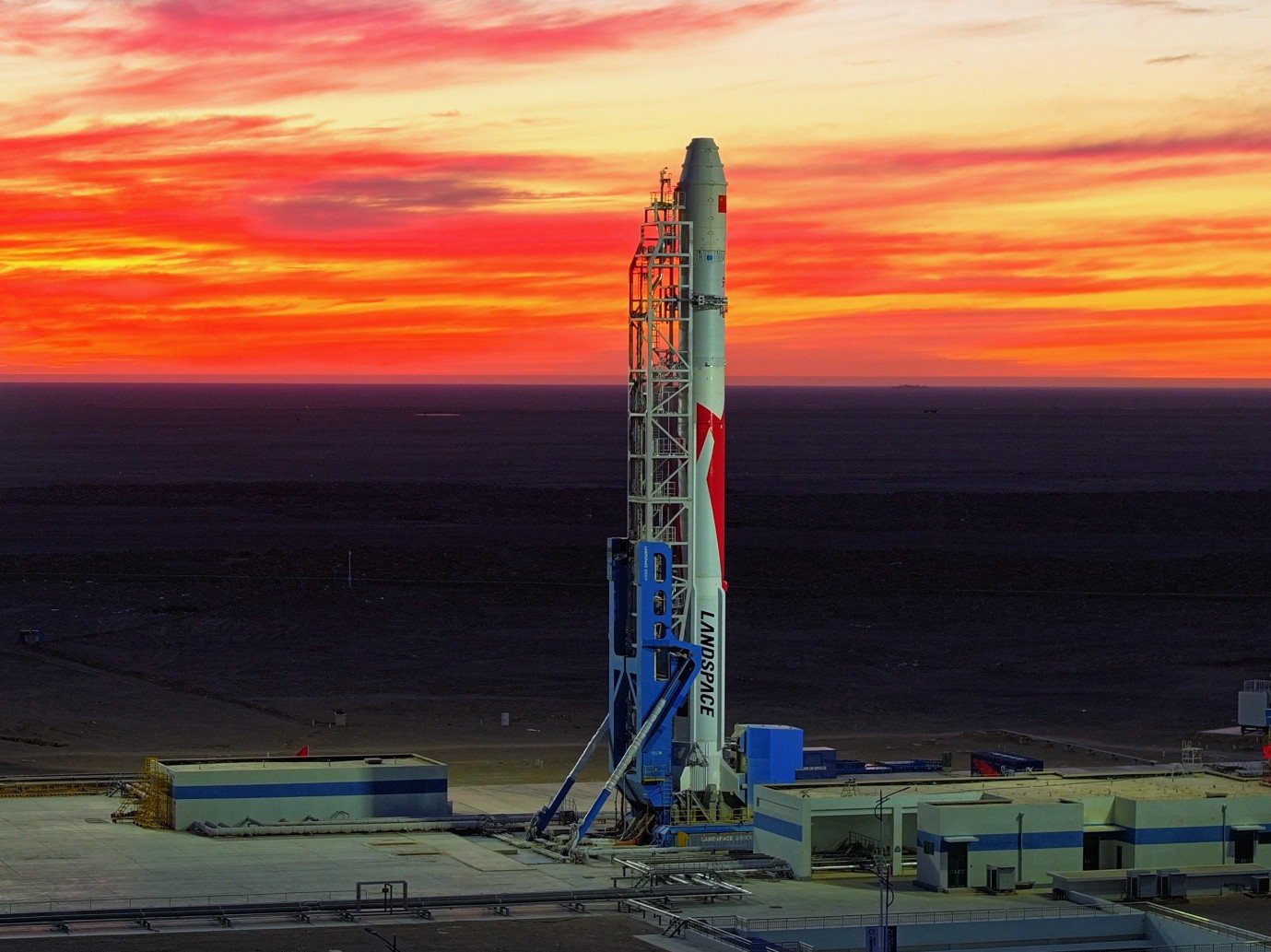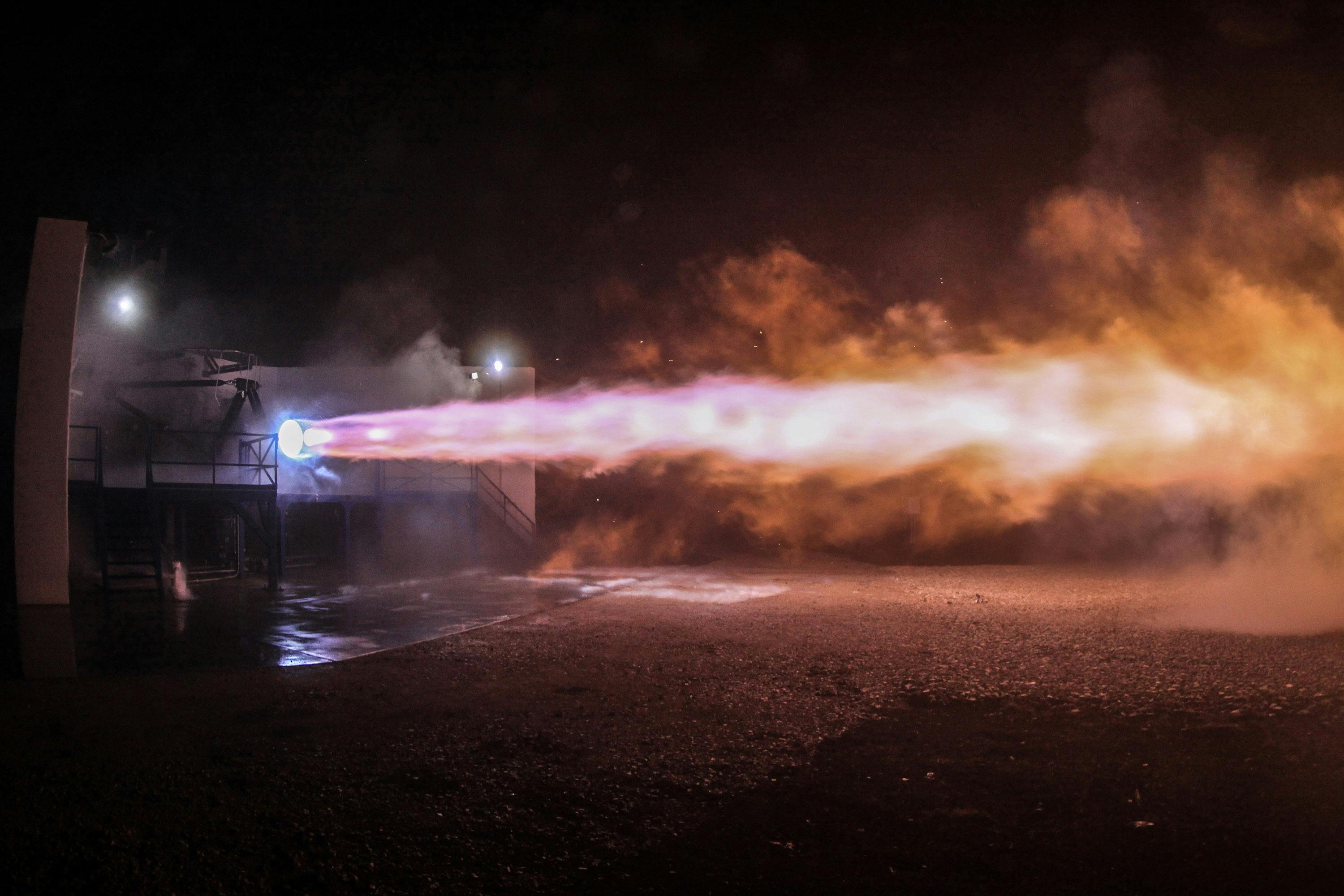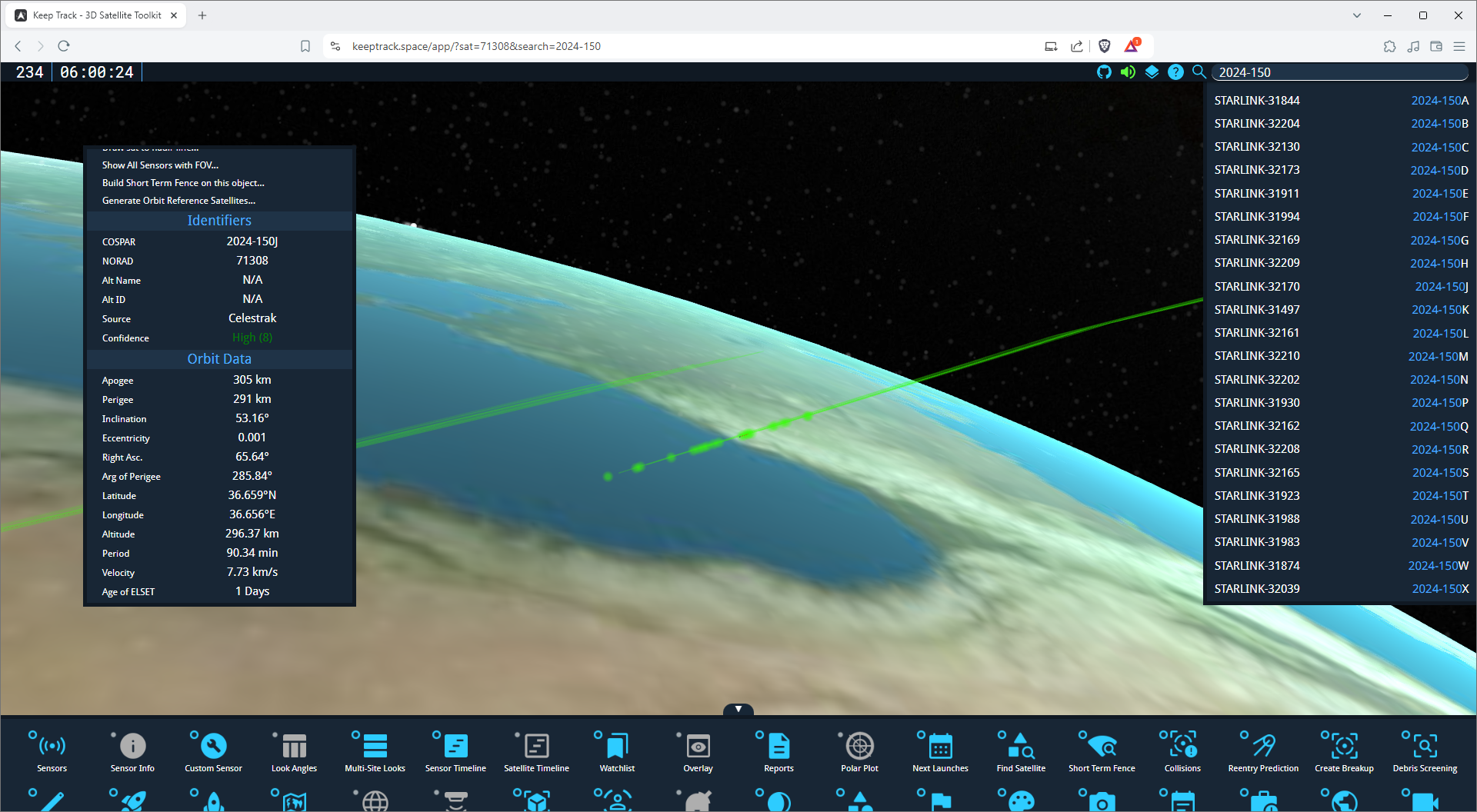· space brief · 6 min read
Space Brief 4 Aug 2025
Key developments in space today include significant satellite launches, advancements in space technology, and an exciting crewed suborbital flight. Highlights cover China's satellite internet progress, a promising innovation for solar cells, and recent SpaceX and Blue Origin activities.

📄Top Stories
Today’s top stories include a landmark launch collaboration between NASA and India, China’s continuous advancements in their satellite internet network, and SpaceX’s ongoing expansion of the Starlink satellite constellation, all contributing majorly to the global satellite tracking domain. Additionally, a breakthrough in solar cell technology promises to enhance the longevity and efficiency of space equipment, highlighting the continuous innovation in space technology.
📰Detailed Coverage
Cosmic Shield Breakthrough Energizes Satellite Solar Cells
A new development from the University of Surrey may revolutionize the space-based solar cell industry. Engineers have unveiled a radiation-resistant coating that could make next-gen perovskite solar cells more robust against the harsh conditions of space. These advanced solar panels promise to be lighter and more efficient than current technology, which could significantly reduce satellite launch costs.
The collaboration with Oxford University focuses on mitigating cosmic radiation damage, which extends the operational life of these cells. This innovation stands to enhance our satellite tracking capabilities by ensuring satellites remain operational for longer periods, a potential game-changer for the industry.
Read the full story: Solar Daily
NASA and India Unite for Earth-Tracking Satellite Launch
In a remarkable joint venture, NASA and the Indian Space Research Organization (ISRO) successfully launched the NISAR satellite, designed to provide unprecedented Earth mapping capabilities. The innovative radar satellite aims to improve disaster response and environmental monitoring by delivering high-resolution data on changes in the Earth’s surface.
This collaborative effort illustrates the growing trend of international cooperation in space exploration and technology. With the NISAR satellite now in orbit, our satellite tracking web app will provide users enhanced tracking and data visualization capabilities, ensuring access to critical environmental information.
Read the full story: Space Daily
China Advances Satellite Internet Network
China has successfully launched its sixth batch of low Earth orbit satellites, continuing to expand its ambitious national satellite internet network. The launch, using a Long March 8A rocket, took place at the Hainan International Commercial Aerospace Launch Center. This deployment reinforces China’s position in the global race for satellite internet dominance.
This network expansion underscores the rapid growth and strategic importance of satellite internet services. By enhancing global internet coverage, satellite tracking becomes increasingly vital in monitoring international satellite constellations and ensuring efficient spectrum and orbital resource management.
Read the full story: Space Daily
SpaceX Launches 28 Starlink Satellites from Florida
SpaceX continues to build its Starlink constellation, launching 28 more satellites from Florida. This mission, marking the 450th flight-proven Falcon booster launch, further solidifies SpaceX’s leadership in reusable rocket technology and global satellite internet infrastructure.
With each new batch of Starlink satellites, SpaceX extends its global broadband internet coverage, making satellite tracking critical for both collision avoidance and monitoring the evolving megaconstellation landscape.
Read the full story: Space.com
Blue Origin’s New Shepard Takes Crypto Entrepreneur and Others to Space
Blue Origin’s New Shepard suborbital rocket successfully completed its 14th crewed mission, carrying six passengers, including a prominent crypto entrepreneur. This mission is part of Blue Origin’s ongoing efforts to democratize access to space and offer commercial spaceflight experiences.
Suborbital flights by private companies like Blue Origin are fostering greater public interest in space travel. Although these missions focus on the edge of space rather than orbit, tracking them remains essential for logistical and safety purposes, as well as for refining reusable rocket technologies.
Read the full story: SpaceNews
🛰️Satellite Spotlight
- Satellite Name: DIRECTV 5 (TEMPO 1)
- NORAD ID: 27426
- Launch Date: May 7, 2002
- Mission: This satellite is designed for communication, relaying television broadcast signals and other data.
- Orbit: GEO (Geostationary Orbit)
- Operator: DTV (DirecTV)
- Fun Fact: DIRECTV 5 is equipped with 32 Ku-band transponders, allowing it to serve a wide audience with high-quality signals for satellite television.
Track this satellite in real-time on our web app: Track DIRECTV 5 (TEMPO 1)
🌌Space Weather
Current space weather shows Enhanced solar wind (509 km/s).
Current
R0 - S0 - G0
Last 24 Hour Maximums
R1 - S0 - G0
Recent Alerts
- ALERT: Geomagnetic K-index of 4 issued on August 3, 2025. Active warning indicating potential weak power grid fluctuations and visible auroras in high latitude areas like Canada and Alaska.
- WARNING: Geomagnetic K-index of 4 expected from August 3, 2025, 1945 UTC to August 4, 2025, 0600 UTC. Similar potential impacts as the previous alert.
Next 24 Hours
-
Radio Blackouts Probability
- Minor: 40
- Major: 10
- Risk: None
-
Solar Radiation
- Probability: 1
- Risk: None
-
Geomagnetic Storming
- Scale: 0
- Impact: none
- Activity: Low
-
Impact Summary
- No risk of radio blackouts anticipated.
- No risk of solar radiation storms expected.
- Geomagnetic outlook remains stable with no G1 (Minor) or greater storms expected.
- No significant solar wind features forecasted.
- Chance for R1-R2 (Minor-Moderate) radio blackouts exists from August 4 to 6.
Long Term Forecast
- Impact Summary
- Solar activity is expected to remain low with a chance for M-class (R1-R2, Minor-Moderate) flares from August 4 to 30, 2025.
- No proton events are anticipated at geosynchronous orbit.
- Greater than 2 MeV electron flux at high levels expected on August 12-18 and August 21-28 due to recurrent coronal hole high-speed stream (CH HSS) influences.
- Geomagnetic activity forecasted at active to G1 (Minor) storm levels on August 11-15, August 18-22, and August 25-30.
- Quiet to unsettled conditions are expected for the remaining days of the period.
🚀 Upcoming Space Launches
August 4
- SpaceX Falcon 9 Block 5:
- Starlink Group 10-30 from Cape Canaveral SFS, FL, USA (04:11 UTC) A batch of 28 satellites for the Starlink mega-constellation - SpaceX’s project for space-based Internet communication system.
- China Aerospace Science and Technology Corporation Long March 12:
- SatNet LEO Group TBD from Wenchang Space Launch Site, People’s Republic of China (10:14 UTC) A batch of Low Earth Orbit communication satellites for the Chinese state-owned SatNet constellation which will eventually consist of 13,000 satellites.
August 5
- Rocket Lab Electron:
- The Harvest Goddess Thrives (iQPS Launch 4) from Rocket Lab Launch Complex 1, Mahia Peninsula, New Zealand (03:45 UTC) Synthetic aperture radar Earth observation satellite for Japanese Earth imaging company iQPS.
August 7
- SpaceX Falcon 9 Block 5:
- Project Kuiper (KF-02) from Cape Canaveral SFS, FL, USA (14:01 UTC) Second of a three-launch contract for Amazon’s Kuiper low Earth orbit satellite internet constellation. 24 satellites are onboard.
August 10
- SpaceX Falcon 9 Block 5:
- Starlink Group 17-4 from Vandenberg SFB, CA, USA (02:05 UTC) A batch of 24 satellites for the Starlink mega-constellation - SpaceX’s project for space-based Internet communication system.
- SpaceX Falcon 9 Block 5:
- Starlink Group 10-20 from Cape Canaveral SFS, FL, USA (12:16 UTC) A batch of 28 satellites for the Starlink mega-constellation - SpaceX’s project for space-based Internet communication system.
August 11
- United Launch Alliance Vulcan VC4S:
- USSF-106 from Cape Canaveral SFS, FL, USA (00:07 UTC) The launch will deploy various payloads directly into geosynchronous orbit, including the NTS-3 (Navigation Technology Satellite 3), a demonstration navigation satellite testing a new digital signal generator.
August 13
- Arianespace Ariane 62:
- Metop-SG A1 from Guiana Space Centre, French Guiana (00:37 UTC) First of EUMETSAT’s second generation of Metop weather satellites.
- SpaceX Falcon 9 Block 5:
- Starlink Group 10-11 from Cape Canaveral SFS, FL, USA (12:41 UTC) A batch of 28 satellites for the Starlink mega-constellation - SpaceX’s project for space-based Internet communication system.
Note: Launch dates and times are subject to change due to technical or weather considerations.

Maurice Stellarski





